Ready, set, food-to-go!
Monday, 22 July 2019
The food-to-go sector is the fastest growing part of the eating-out market, presenting food operators with an opportunity to capitalise on the trend. However, to do so successfully, offerings must:
- Be innovative to stand out, experimenting with flavours and ranges with global influence, particularly for hot food
- Address evolving consumer needs for health and sustainability, through clear signposting and ranging
- Play on different consumer missions by offering flexibility through formats like self-service and tapping into new locations
The UK food-to-go market is forecast to reach a value of £21.2 billion in 2019, up 3% on 2018, outperforming the anticipated growth rate of the wider eating out market (MCA Food To Go Market Report, 2019). The pace of food-to-go growth offers a valuable opportunity for operators to increase share in the eating out market, with those doing so effectively tapping into the major consumer trends. This article identifies those trends, and gives examples of how operators are responding to them.
Food diversity
Consumers are looking for food that fits with their lives, is flexible and convenient but without compromising quality and appeal. Providers are responding to this consumption change by offering menus and ranges that are more diverse in terms of flavour and format. Global cuisines and fusions are becoming more popular; particularly hot options like burritos, fajitas and ramen, as consumers look for more exciting foods over the traditional sandwich. Greggs Katsu chicken bake and EAT’s Vietnamese chicken curry hotpot are just some examples of how global cuisine is being weaved into offerings.
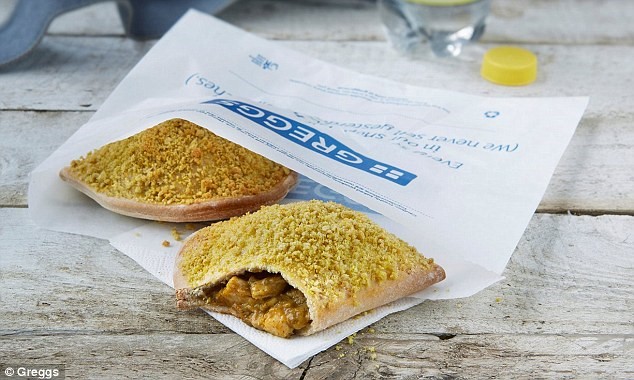
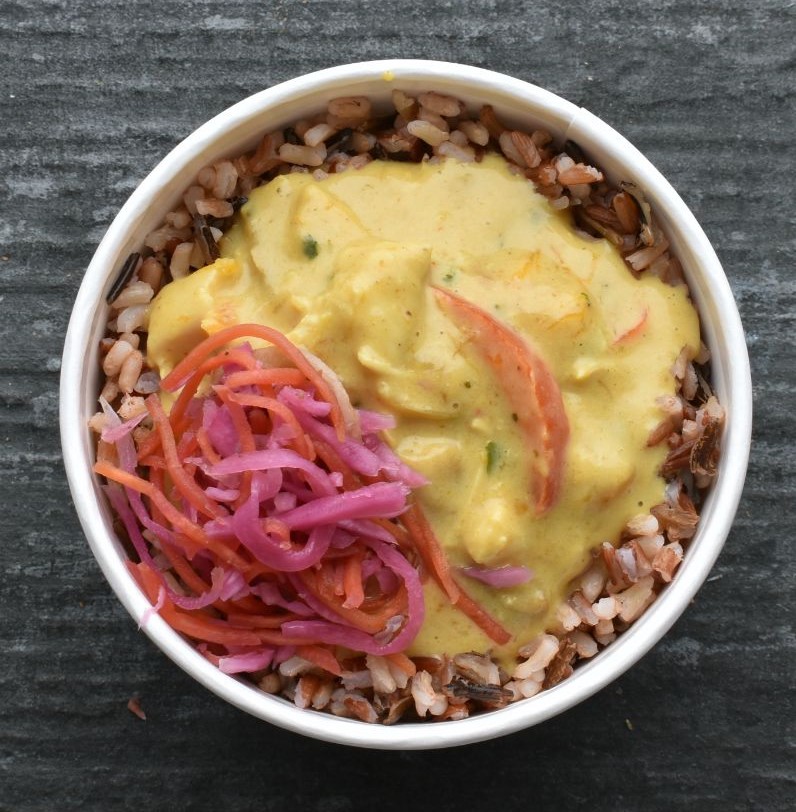
Greggs’ Katsu chicken bake and EAT’s Vietnamese chicken curry hotpot
The rise of health and wellness
Health and wellness is rising in importance to many consumers, as the retail health market continues to grow by 1.4% year-on-year, currently estimated to be worth £20.8 billion (AHDB Consumer Insights: Evolution of Health, 2019). Increasing uptake of ‘managed-led’ diets (restrictive diets, i.e. reduced fat or salt) are driving market growth, while emerging health needs like flexitarianism also contribute. Food-to-go operators are tapping into these trends through widening ranges, improving signposting, education and personalisation.
London-based operator Pod Food offers nutrition-specific options such as salad ‘gym’ bowls high in protein and omega-3 fatty acids, while Pret A Manger’s new ‘Veggie Pret’ outlets specialise in quick food for those with plant-based dietary needs. Read AHDB’s latest Consumer Insights: Evolution of Health report for a more in-depth look into consumer health trends.
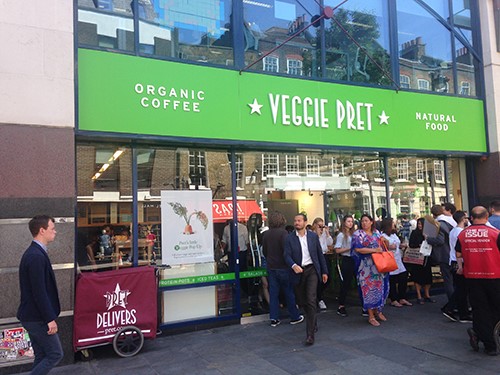
Veggie Pret, Broadwick Street, London
Environment
Not only is personal health a key factor for consumers, so is the health of the planet. Recent media coverage about the environmental impact of plastic packaging waste in particular has bumped sustainability up the shopper priority ladder. Indeed, 86% of consumers are concerned about plastic usage in product packaging, with 59% claiming it affects their purchasing behaviour (YouGov/AHDB, 31 May 2019). This topic is particularly pertinent to the food-to-go industry, which typically uses single-use packaging.
Out-of-home channels are switching on to the more ethical consumer, with big players such as McDonald’s ditching plastic straws, and coffee chains such as Costa Coffee using biodegradable cups and reusable cup schemes. Retailers are also branching into this trend, like Morrisons with its ‘bring your own containers to Market Street’ initiative.
New locations
Food-to-go operators are finding new ways of connecting with consumers by making themselves more available in new locations. Some are opening counters within supermarkets, offering food like sushi and deli-type options. Others are opening staffed counters and self-serve machines for both hot and cold food in gyms, universities and even workplaces. London-based chain Tossed is planning to introduce vending machines to bring their healthy food-to-go to consumers in heavy footfall areas like travel hubs and hospitals.
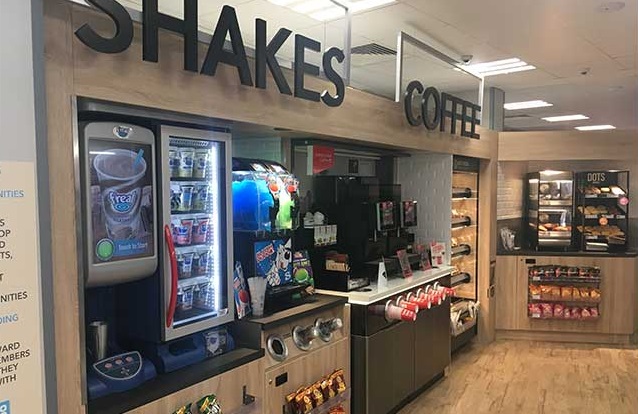
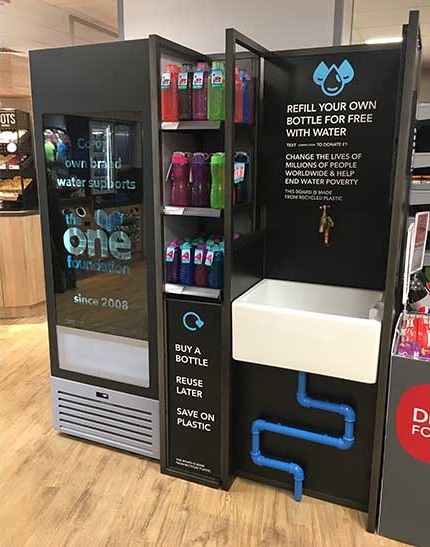
New on-the-go Co-op concept store in Manchester Picadilly Station, offering self-serve coffee and a free water tap
Restaurants are entering the food-to-go market by offering takeaway menus, the idea being restaurant-quality food without having to sit down for the full experience. Other retailers are trialling click-and-collect options, where consumers pre-order food through an app and collect in-store at a time convenient to them.
Food or market halls are popping up in more and more cities for those seeking food-to-go. Rather than the typical food court seen in shopping centres, these next generation market halls are independent, and are often situated in disused urban buildings. The idea is a trendy social eating space, bringing together independent, local businesses offering a wide choice of food, with influence from around the world. Examples include Market Hall in London, Baltic Market in Liverpool and Digbeth Dining Club in Birmingham.
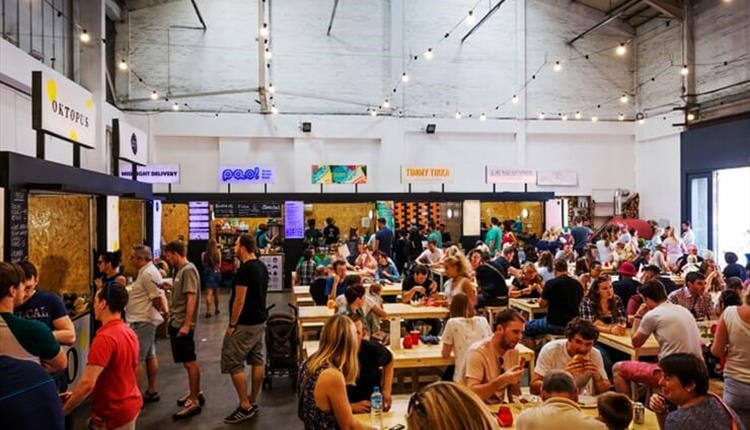
Baltic Market Hall, Liverpool
Topics:
Sectors:
Tags:


